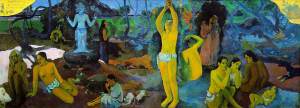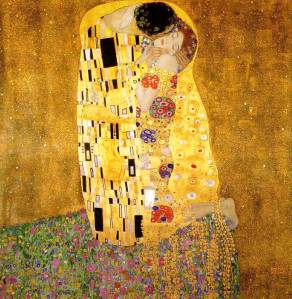Paul Gauguin
1848 Eugene Henri Paul Gauguin is born on June 7 in Paris.
18903 Dies on May 8 in his hut in Atuona, Tahiti.
Gustav Klimt
1862 Gustav Klimt is born on July 14 in Baumgarten near Vienna.
1918 Dies on February 6 in Vienna.
Pablo Picasso
1881 Pablo Picasso is born on October 25 in Malaga, Spain.
1973 Dies on April in Mougins.
Salvador Dali
1904 Salvador Felipe Jacinto Dali y Domenech is born on May 11 in Figueras, Spain.
1989 Dies on January 23 in Figueras.
Andy Warhol
1928 Andy Warhol is born Andrew Warhola on August 6 in Pittsburgh, PA, to Czechoslovakian parents
1987 Dies on February 22 in New York.
Pierre Bonnard
1867 Pierre Bonnard is born on October 13 in Fontenay aux Roses, France.
1947 Dies on January 23 in Le Cannet.


